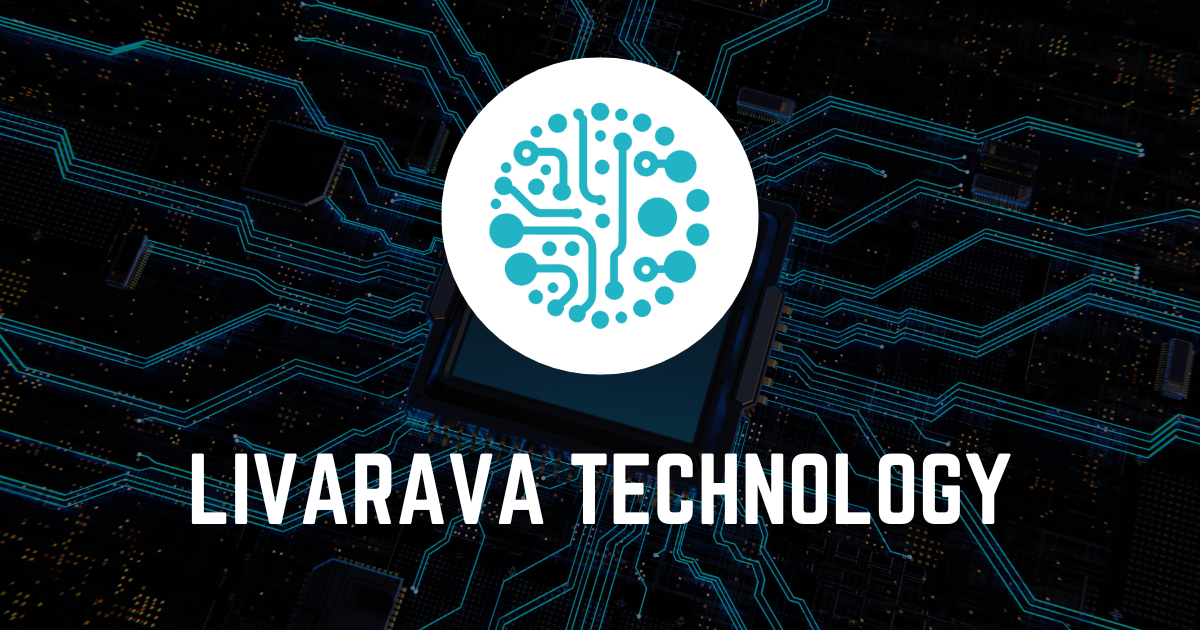How Digital Replicas Can Drive Decarbonization in Transportation

Introduction
In a groundbreaking initiative, scientists are advocating for the use of digital replicas that mimic the real world as a powerful tool for decarbonizing transport.
Project Overview
This effort, called TransiT, is a collaboration between eight universities and 67 partners, spearheaded by Heriot-Watt University in Edinburgh.
- The goal is to leverage digital twins to enhance transportation systems.
- Digital twins offer precise modeling and real-time data analysis.
- This approach can lead to significant reductions in carbon emissions.
Conclusion
By integrating innovative technology with environmental goals, the use of digital replicas could be transformational for the future of transportation sustainability.
This article was prepared using information from open sources in accordance with the principles of Ethical Policy. The editorial team is not responsible for absolute accuracy, as it relies on data from the sources referenced.